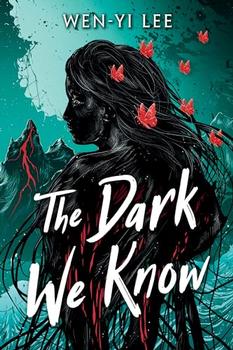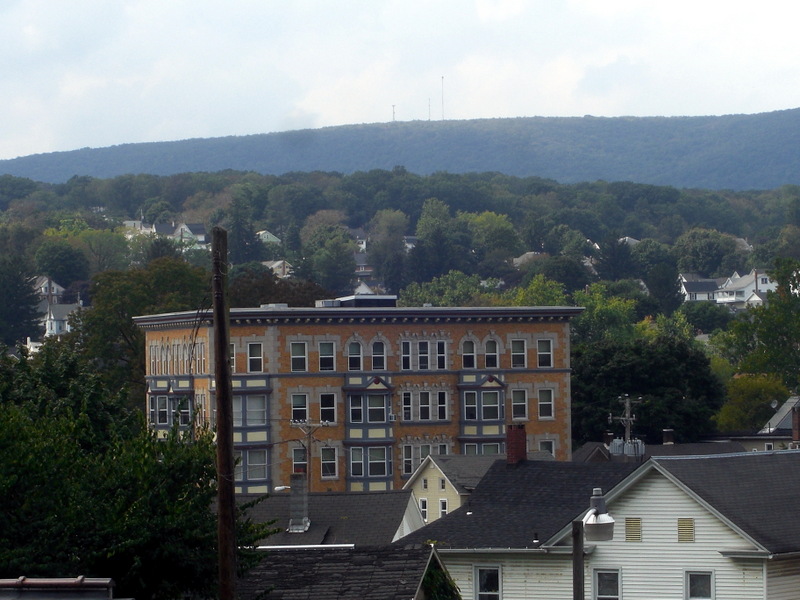Summary | Excerpt | Reviews | Beyond the Book | Read-Alikes | Genres & Themes | Author Bio

This article relates to The Dark We Know
 What does one name a fictional small town that once served as a hub for slate mining before its inevitable decline? Well, Slater, of course. In her novel The Dark We Know, Wen-yi Lee describes it as "an old mining town sunk in a crater at the end of the road with nowhere to go beyond it but down." Isadora Chang dreads returning there for reasons beyond post-industrial malaise, but the town's condition certainly doesn't help: it is is only kept afloat by the support of the wealthy Vandersteens, and even then just barely.
What does one name a fictional small town that once served as a hub for slate mining before its inevitable decline? Well, Slater, of course. In her novel The Dark We Know, Wen-yi Lee describes it as "an old mining town sunk in a crater at the end of the road with nowhere to go beyond it but down." Isadora Chang dreads returning there for reasons beyond post-industrial malaise, but the town's condition certainly doesn't help: it is is only kept afloat by the support of the wealthy Vandersteens, and even then just barely.
Lee never explicitly states where in the United States Slater is located, but a little knowledge of the American slate mining industry helps narrow it down. In the 19th century, slate was commonly made into roofing tiles, and a good amount was used for blackboards and miniature slate boards in classrooms. Most of the prominent slate quarries in America are in the Northeast along the edge of the Appalachian Mountains, especially in Pennsylvania around Lancaster and Lehigh counties. Other notable mining areas include Granville, New York; Fair Haven, Vermont; and Monson, Maine. Given the prominence of a wealthy family with a Dutch surname (and considering the history of the Dutch in New York), as well as the town's proximity to an unnamed city, it's reasonable to assume that Slater is in upstate New York.
It was Pennsylvania, however, that was once the American leader in slate. After independent quarries had already been in use for decades, the industry kicked into overdrive in 1848 when Robert M. Jones, an immigrant from leading slate producer Wales, founded the mining town of Bangor, so named due to the area's resemblance to the Welsh city of the same name.
The decline of the slate industry in the early 20th century came about for a number of reasons, including quarries running out of the rock and hitting "hard tack," as well as the rise in asphalt roofing reducing demand. Today, just three slate mines are operational in Pennsylvania, with the rest of the "Slate Belt" — ranging across the Northeast — not faring much better.
Photo showing the Real Estate Building in Bangor, PA as viewed from the hills outside of town
By Jared Kofsky/PlaceNJ.com (CC BY-SA 3.0)
Filed under People, Eras & Events
![]() This article relates to The Dark We Know.
It first ran in the September 4, 2024
issue of BookBrowse Recommends.
This article relates to The Dark We Know.
It first ran in the September 4, 2024
issue of BookBrowse Recommends.
Your guide toexceptional books
BookBrowse seeks out and recommends the best in contemporary fiction and nonfiction—books that not only engage and entertain but also deepen our understanding of ourselves and the world around us.